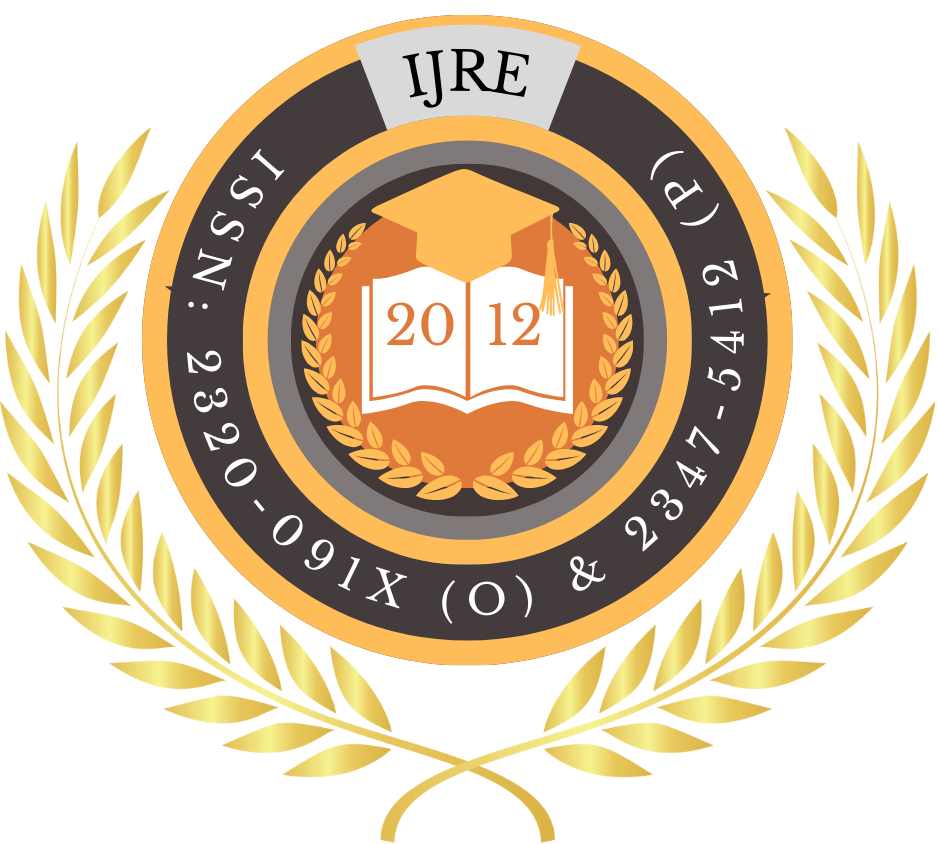![]()
Certificate: View Certificate
Published Paper PDF: View PDF
Lalit Sharma
Independent Researcher
India
Abstract
The internationalization of higher education has traditionally relied on student and faculty mobility to foster intercultural competence, expand academic networks, and advance research collaborations. However, physical mobility models face limitations including high financial costs, visa restrictions, and unequal access—especially for students from low-income backgrounds and institutions with limited international partnerships. Virtual exchange programs, also known as telecollaboration or Collaborative Online International Learning (COIL), have emerged as a viable complement or alternative to in-person study abroad. By leveraging synchronous and asynchronous digital technologies—such as videoconferencing, virtual learning environments, collaborative document platforms, and social media—these programs facilitate structured, curriculum-embedded interactions between learners and educators across diverse cultural and disciplinary contexts. This manuscript builds on a decade of scholarship and practice to provide a comprehensive analysis of virtual exchange. First, it synthesizes theoretical underpinnings drawn from sociocultural learning theory, intercultural communication frameworks, and online community models. This theoretical grounding elucidates why and how virtual exchange fosters both cognitive and affective dimensions of global learning. Second, it reviews empirical studies and program evaluations to assess learning outcomes: measured gains in intercultural competence, language skills, digital literacy, and collaborative problem-solving. Third, it examines institutional perspectives, identifying key enablers—such as institutional leadership, technology infrastructure, faculty professional development, and dedicated coordination—and persistent barriers, including time-zone misalignments, workload concerns, and quality assurance challenges.
Keywords
internationalization, Virtual Exchange, Intercultural Competence, Higher Education, Digital Learning
References
- Belz, J. A., & Müller‑Hartmann, A. (2003). Professional foreign language competence through telecollaboration. John Benjamins.
- Byram, M. (1997). Teaching and assessing intercultural communicative competence. Multilingual Matters.
- European Commission. (2022). Erasmus+ Virtual Exchange: Final report. Publications Office of the European Union.
- Garrison, D. R., Anderson, T., & Archer, W. (2000). Critical inquiry in a text‑based environment: Computer conferencing in higher education. The Internet and Higher Education, 2(2–3), 87–105.
- Guth, S., & Helm, F. (2019). Criticality and virtual exchange. In F. Helm & S. Guth (Eds.), Virtual exchange and telecollaboration in the language classroom (pp. 1–20). Peter Lang.
- Johnson, L., & Brown, M. (2019). Telecollaboration as a resource for language learners. Language Learning & Technology, 23(1), 45–63.
- Knight, J. (2015). Internationalization: A decade of changes and challenges. International Higher Education, 33, 2–3.
- Lewis, T., & O’Dowd, R. (2019). Online intercultural exchange: Policy, pedagogy, practice. Routledge.
- O’Dowd, R. (2018). From telecollaboration to virtual exchange. Language Learning & Technology, 22(3), 1–10.
- O’Dowd, R., & Lewis, T. (2016). Online intercultural exchange: Policy, pedagogy, practice. Routledge.
- Richards, J. C., & Rodgers, T. S. (2001). Approaches and methods in language teaching (2nd ed.). Cambridge University Press.
- Stahl, G. (2019). Measuring outcomes in virtual exchange. Computers & Education, 134, 78–91.
- United Nations. (2016). Transforming our world: The 2030 Agenda for Sustainable Development.
- Vygotsky, L. S. (1978). Mind in society: The development of higher psychological processes. Harvard University Press.
